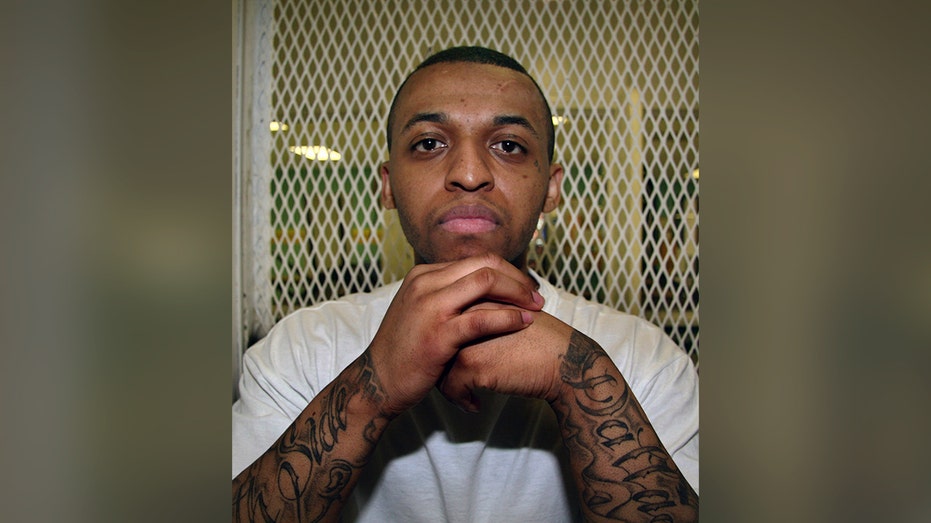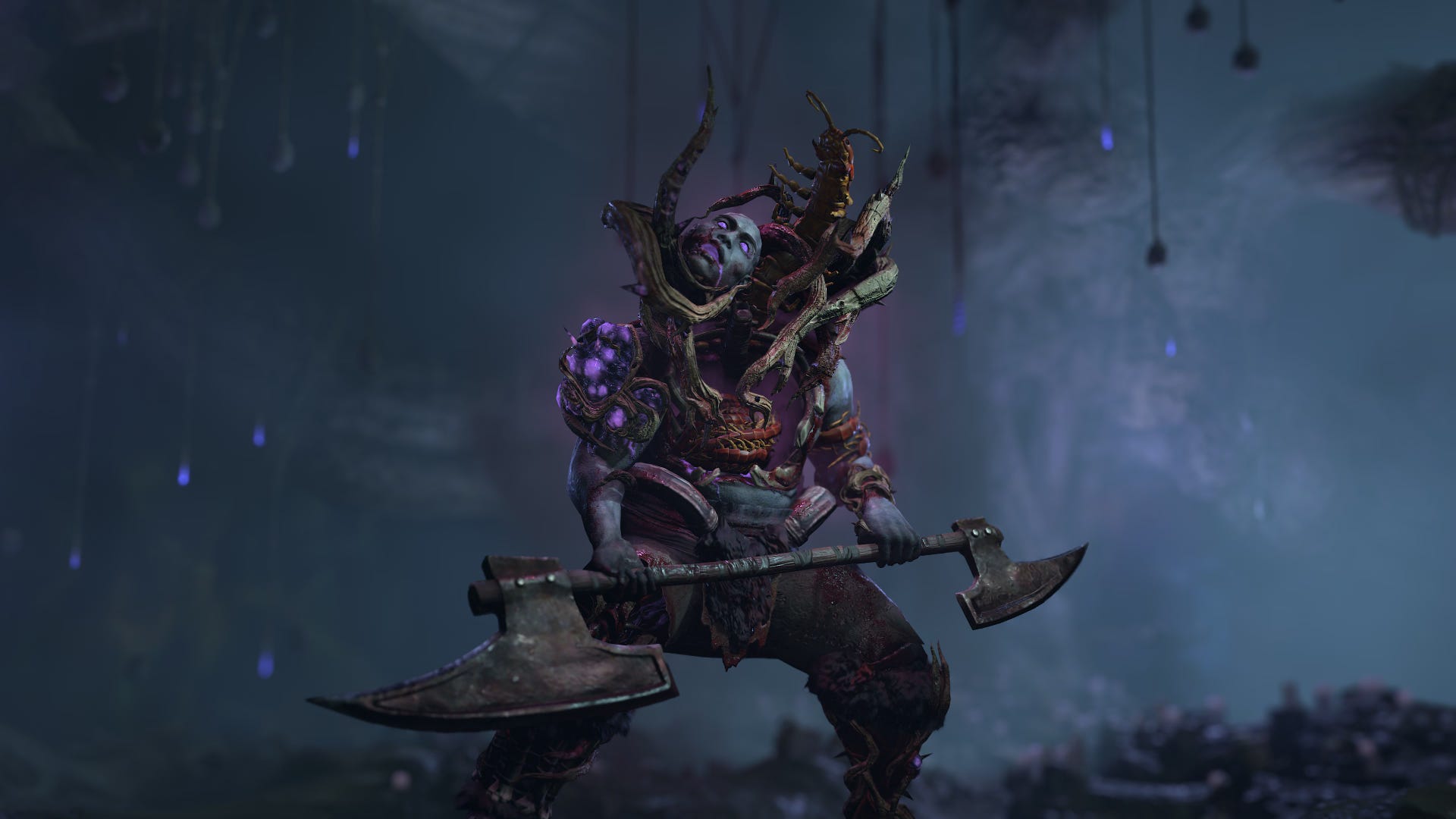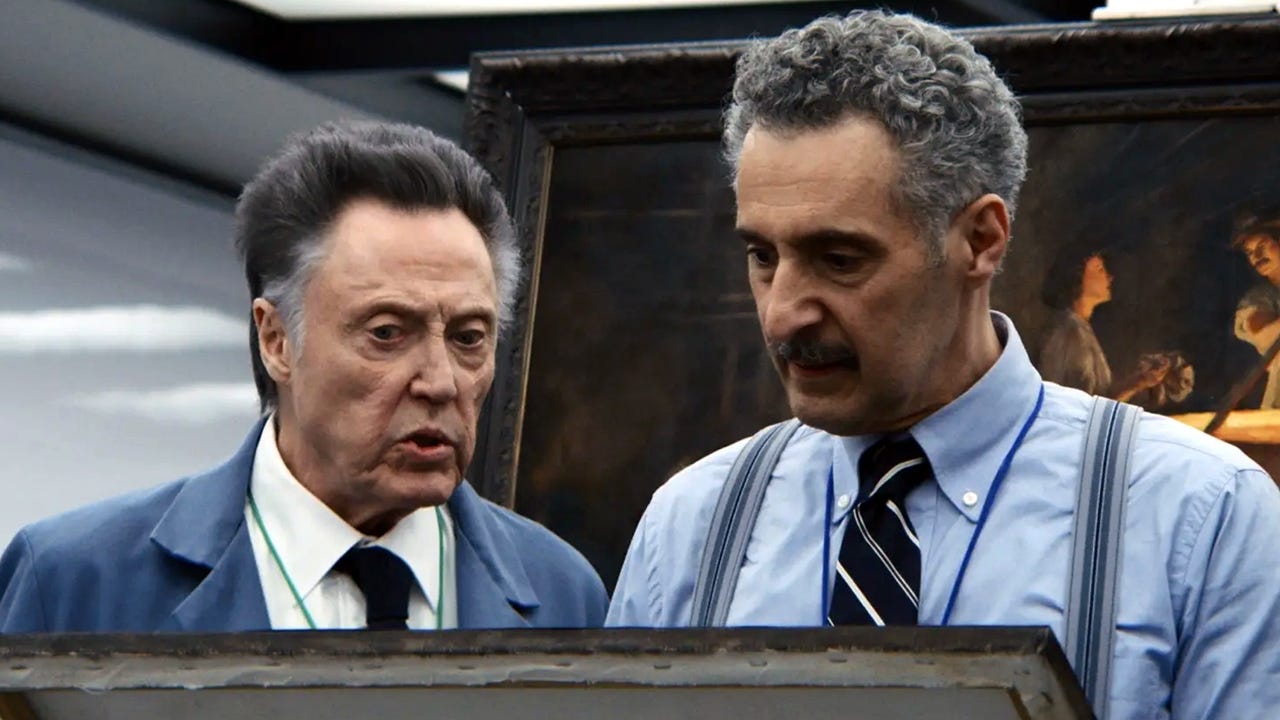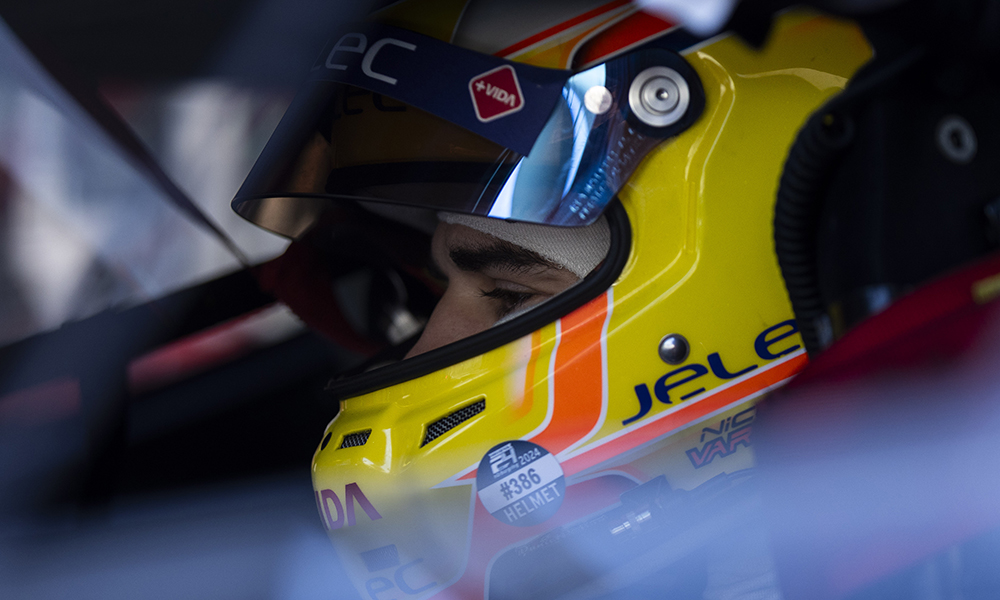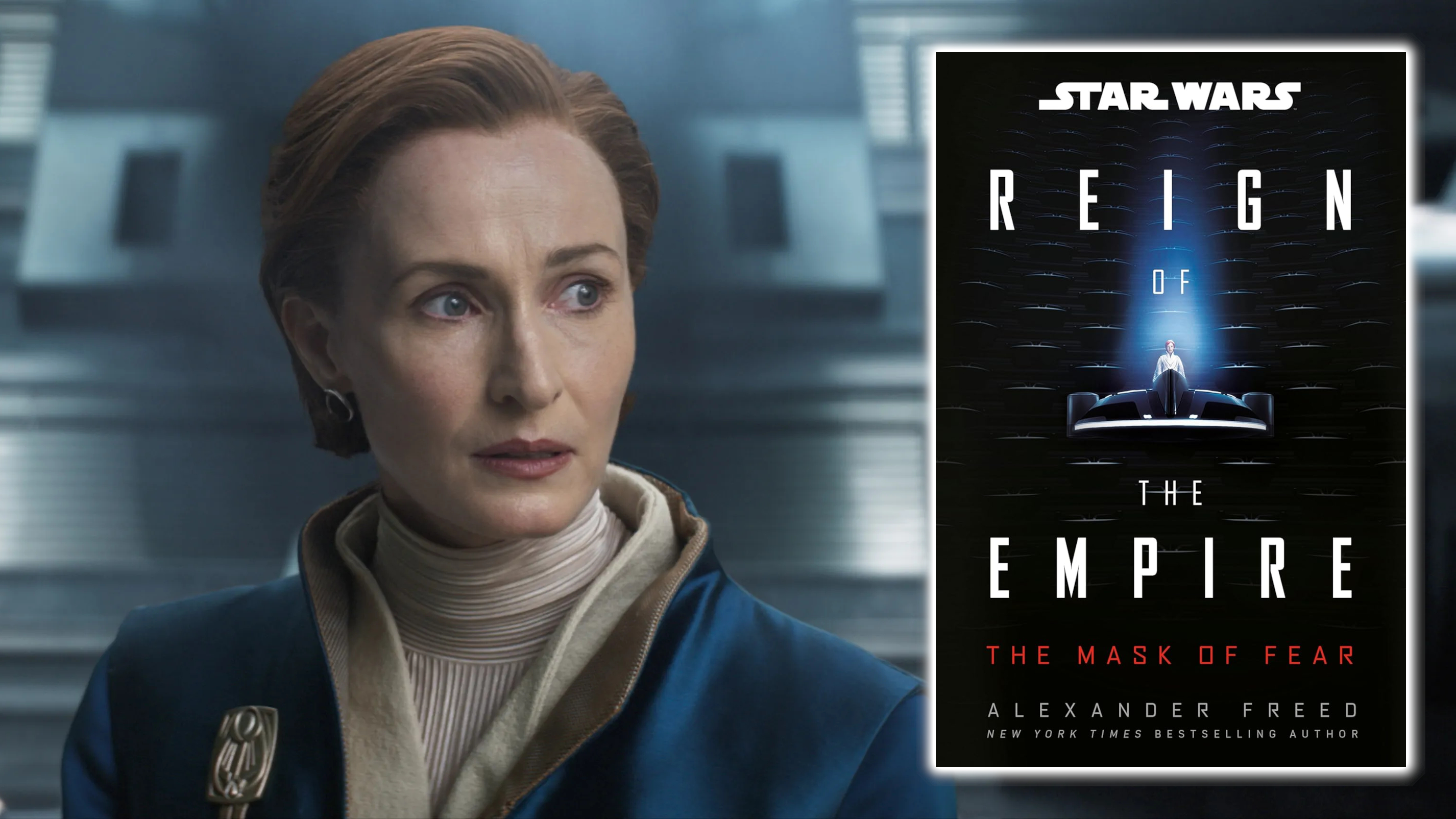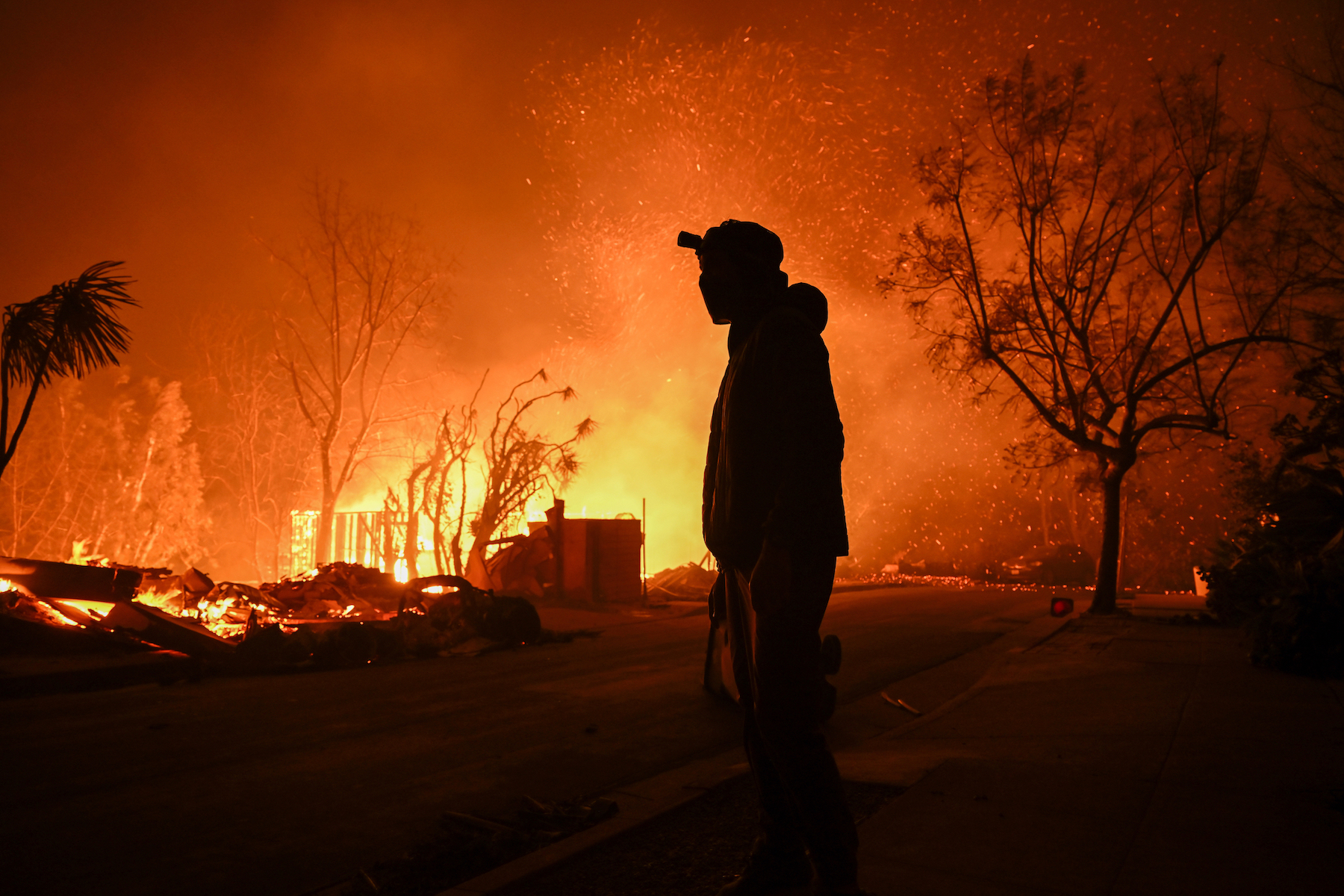‘He wanted to have a wing of the Tate named after him’: remembering the groundbreaking art of Donald Rodney
A new show celebrates the pioneering, polemical artist who inspired a generation of Black British creatives – and whose works are as relevant today as they’ve ever beenFor many reasons, 1981 stands as a landmark year in Black British history. That January, the New Cross Fire claimed the lives of 13 young Black people. Amid widespread suspicion that the fire had been a targeted attack by violent racists, the police concluded otherwise after a lacklustre investigation. In April came the Brixton uprising, which resulted in 279 injuries to police and £7.5m worth of damage to the area’s buildings and vehicles. While the subsequent Scarman Report acknowledged some of the hardships facing people of colour, it emphatically denied the existence of institutional racism in Britain – no surprise perhaps given Thatcher had swept to victory a couple of years previously on the back of a wave of anti-immigration sentiment.It was against this tumultuous backdrop that Donald Rodney – born to Jamaican parents and raised in Smethwick, West Midlands (a hotbed of racial tensions in the 1960s)– entered art school at Trent Polytechnic in Nottingham. “When I joined in 1980 there were no other Black students but the year after there were three or four including Donald,” says Rodney’s friend and collaborator Keith Piper. Piper, himself a young Black artist who had already begun exhibiting politically charged work, swiftly formed an alliance with Rodney. “In a sense, he was the most unlikely to pick up those ideas and run with them because he was so flamboyant,” says Piper. “He was every inch the artist – very humorous but incredibly sophisticated in his connection to contemporary art.” Looking back, Piper says it was striking how early Rodney was proselytising the genius of Basquiat and he was fascinated with how his neo-expressionist techniques might be used to make more explicitly political art. Continue reading...

A new show celebrates the pioneering, polemical artist who inspired a generation of Black British creatives – and whose works are as relevant today as they’ve ever been
For many reasons, 1981 stands as a landmark year in Black British history. That January, the New Cross Fire claimed the lives of 13 young Black people. Amid widespread suspicion that the fire had been a targeted attack by violent racists, the police concluded otherwise after a lacklustre investigation. In April came the Brixton uprising, which resulted in 279 injuries to police and £7.5m worth of damage to the area’s buildings and vehicles. While the subsequent Scarman Report acknowledged some of the hardships facing people of colour, it emphatically denied the existence of institutional racism in Britain – no surprise perhaps given Thatcher had swept to victory a couple of years previously on the back of a wave of anti-immigration sentiment.
It was against this tumultuous backdrop that Donald Rodney – born to Jamaican parents and raised in Smethwick, West Midlands (a hotbed of racial tensions in the 1960s)– entered art school at Trent Polytechnic in Nottingham. “When I joined in 1980 there were no other Black students but the year after there were three or four including Donald,” says Rodney’s friend and collaborator Keith Piper. Piper, himself a young Black artist who had already begun exhibiting politically charged work, swiftly formed an alliance with Rodney. “In a sense, he was the most unlikely to pick up those ideas and run with them because he was so flamboyant,” says Piper. “He was every inch the artist – very humorous but incredibly sophisticated in his connection to contemporary art.” Looking back, Piper says it was striking how early Rodney was proselytising the genius of Basquiat and he was fascinated with how his neo-expressionist techniques might be used to make more explicitly political art. Continue reading...



